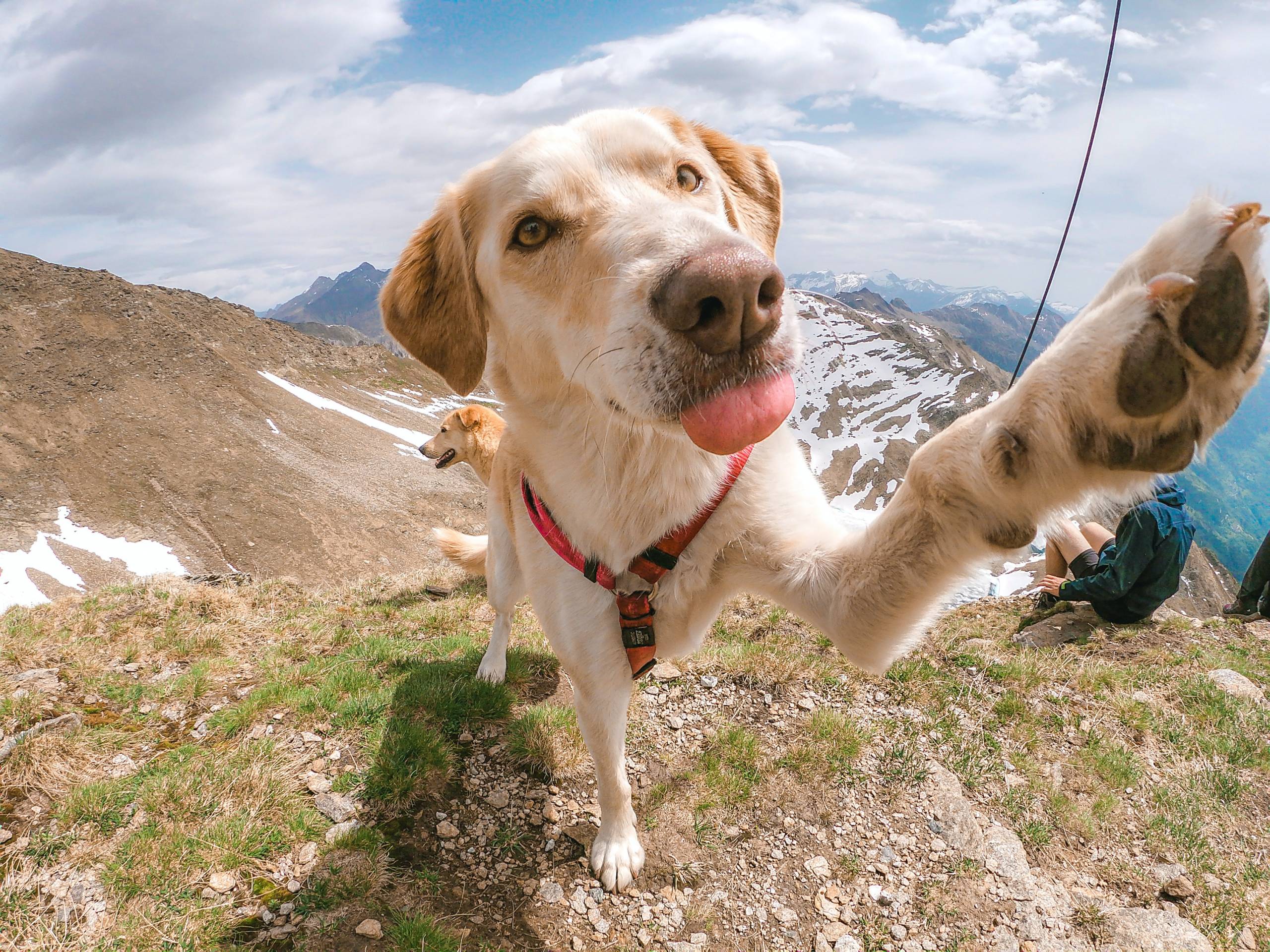
What is the Heat Cycle?
The heat cycle is a normal part of a female dog’s reproductive system. It is the time during which she is receptive to mating and can become pregnant. This cycle typically occurs twice a year for most dogs, although it can vary based on breed and individual differences. Understanding the different stages of the heat cycle is crucial for managing your dog’s behavior and health during this time.
How Long Does the Heat Cycle Last?
The heat cycle is divided into four main stages: proestrus, estrus, diestrus, and anestrus. Proestrus is the initial stage, during which the female dog may experience vaginal bleeding and attract male dogs, but she will not mate. This phase typically lasts for about 9 days, although the duration can range from 3 to 17 days. Following proestrus, the estrus stage begins. This is when the female is receptive to mating, and it usually lasts for about 5 to 13 days, with the average being 9 days. After estrus, diestrus sets in, during which the body prepares for pregnancy if mating has occurred. If the dog is not pregnant, she will move into anestrus, the period of reproductive inactivity, until the next heat cycle begins.
Signs of Heat
During the heat cycle, female dogs may exhibit various behavioral and physical changes. These can include increased urination, restlessness, a swollen vulva, and a change in personality. Some dogs may become more affectionate, while others may display irritability. It’s important to monitor your dog closely during this time and take necessary precautions to prevent unplanned breeding.
What to Do During Heat
When your dog is in heat, it’s crucial to take extra precautions to prevent unwanted mating. Keep her on a leash during walks to avoid encounters with male dogs. Be mindful that male dogs may be attracted to your home if they sense a female in heat nearby, so it’s best to keep her indoors or closely supervised when outside. Additionally, it’s a good idea to consult with your veterinarian about options for preventing pregnancy if you do not intend to breed your dog.
Understanding the duration of a dog’s heat cycle and being aware of the signs and stages involved can help you provide the best care for your pet. By staying informed and taking necessary precautions, you can ensure that your dog remains healthy and comfortable during this natural process. If you have any concerns about your dog’s heat cycle or reproductive health, don’t hesitate to seek guidance from a qualified veterinarian.
[/fusion_text]



